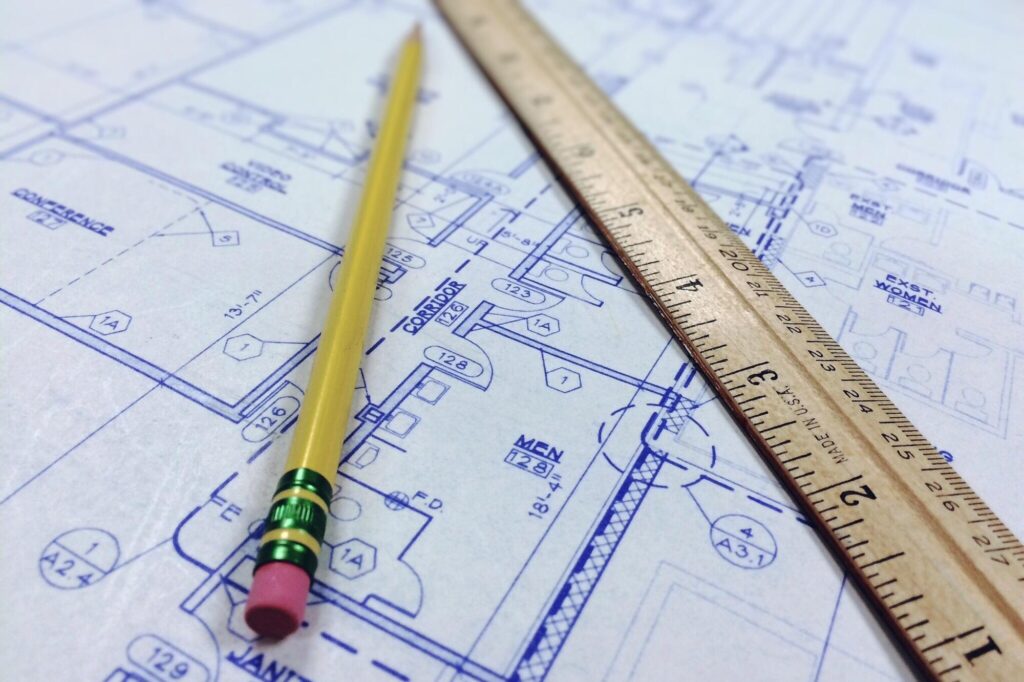Designing a floor plan is a creative and important part of building a home or business. A floor plan is like a map that shows how spaces are laid out. It can make a place feel bigger or smaller, open or cozy.
When designing a floor plan, it is important to think carefully about how rooms flow and how people will use the space.
Starting with Ideas
The first step in designing a floor plan is to think about what you want to achieve. This can include deciding what rooms you need, where doors and windows should go, and how people will move from one room to another.
A good floor plan will make the space feel comfortable and easy to use. It starts with a lot of ideas, some of which will change as the design develops.
Drawing the Layout
After generating ideas, the next step is to create the layout. You can do this on paper or with special software.
Start by drawing basic shapes for the walls. Place main rooms, like the kitchen, living room, and bedrooms, logically.
Do you need a large kitchen for cooking and dining? Will the living room be for relaxing or watching TV? The layout should clearly show how these rooms connect.
Find available floor plans here to help you visualize the best options for your space.
Choosing the Right Dimensions
A good floor plan will also include the right measurements. This means knowing how much space you have and how big each room can be. If the space is too small, it might feel cramped. If the space is too big, it might feel empty.
Getting the right size for each room is key to making the place feel comfortable. Some rooms, like bathrooms, don’t need to be as big as other rooms, like the kitchen or living room.
Thinking About Traffic Flow
Traffic flow is an important part of floor plan design. It refers to how people move through the space.
A good design will avoid placing walls or furniture in the way of movement. Hallways should be wide enough for people to pass through easily.
Rooms should be connected in a way that makes sense. For example, you don’t want the kitchen to be far from the dining room if people will be carrying food back and forth.
Adding Details
After the basic layout is in place, you can add details to the floor plan. This can include where electrical outlets and light switches will go, where furniture will be placed, and how doors and windows will open.
These small details can greatly affect how the space feels and functions. You might also want to add special features, like built-in shelves or a fireplace, which can change the look of a room.
Finalizing the Design
Once you have all the elements ready, it’s time to finalize the design. Check that the floor plan meets all building codes or regulations. Also, review if the design suits your needs.
Does the flow feel right? Are the room sizes correct? Finalizing means ensuring everything fits together smoothly and works well for the users.
Wrapping Up the Design Journey
Designing a floor plan is a creative process that combines art with practicality. Every step, from the initial ideas to the final design, helps create a space that suits its users.
A good floor plan matters a lot. It can change how a home or business feels and works.
For more on this content, visit the rest of our blog!







